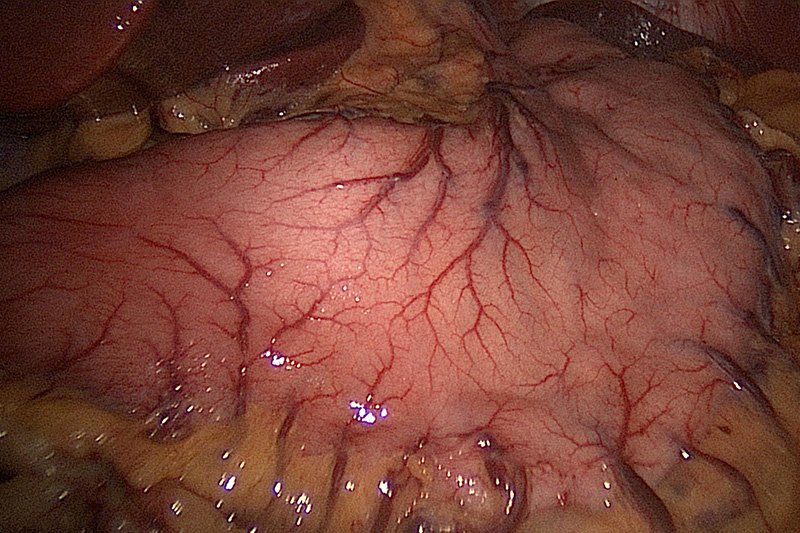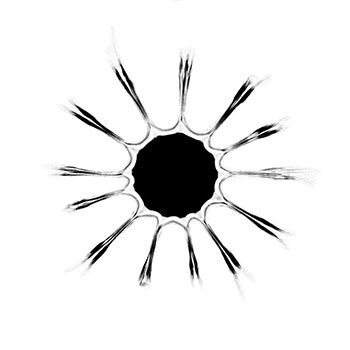Question #58714
1 Answer
The stomach is a part of your digestive system that absorb and turn food into a consistency that is easier to digest for the rest of your intestines.
Explanation:
The stomach is J-shaped and it can expand to temporarily store food.
Partial digestion of the food takes place here. The churning action of the stomach muscles physically breaks down the food.
The stomach releases acids and enzymes for the chemical breakdown of food. The enzyme pepsin is responsible for protein breakdown.
The stomach releases food into the small intestine in a controlled and regulated manner.
Chewed food passes from the esophagus into the stomach; the flow is somewhat regulated by the esophageal sphincter but more importantly depends on how fast you eat and if you are eating both solids and liquids.
The passage of food from the stomach to the small intestine is controlled by the pyloric sphincter. The crushed and mixed food is liquefied to form chyme and is pushed through the pyloric canal into the small intestine.
A network of blood vessels and nerves surrounds the stomach; this is responsible for the regulation of the secretion and the motion of stomach muscles that churns food.

Text and Image Source: http://www.laparoscopic.md/digestion/stomach

